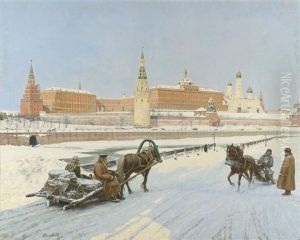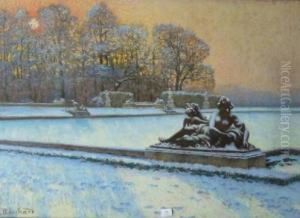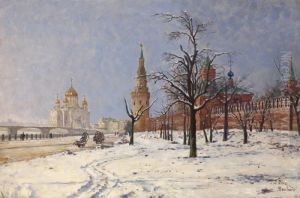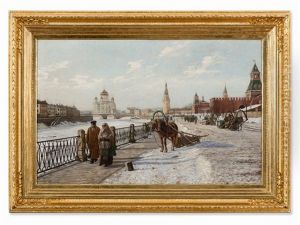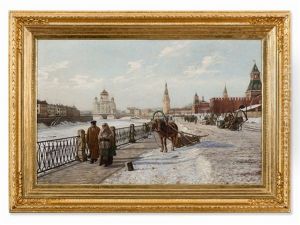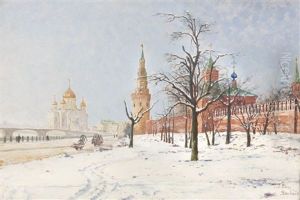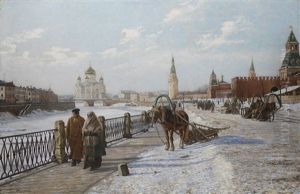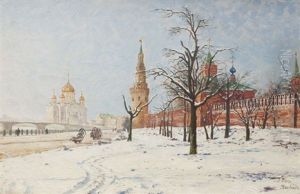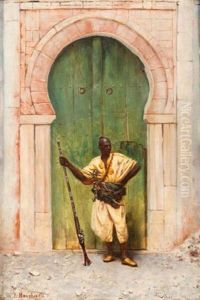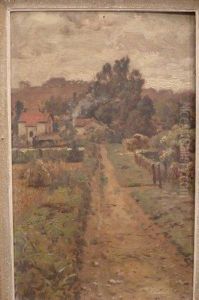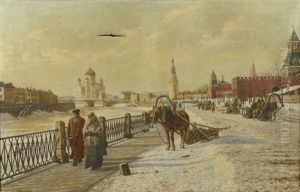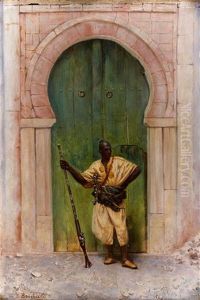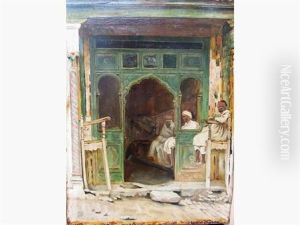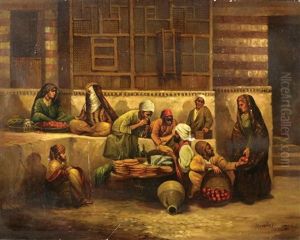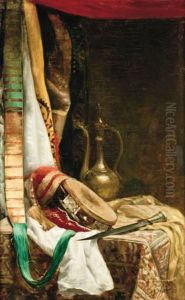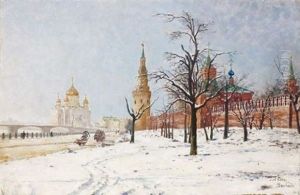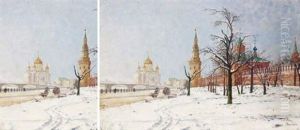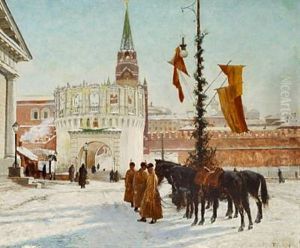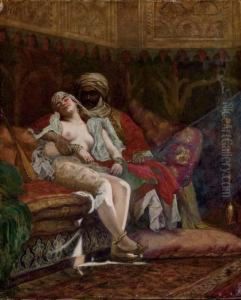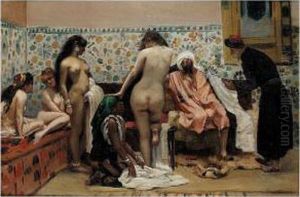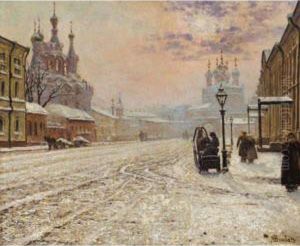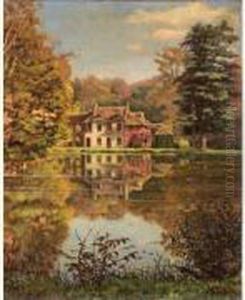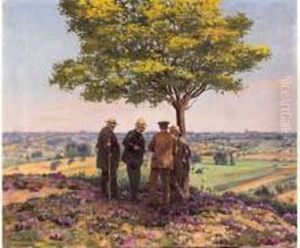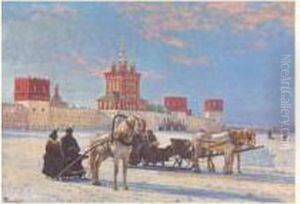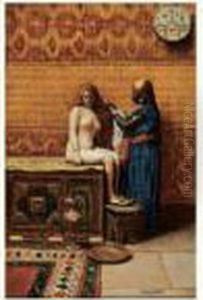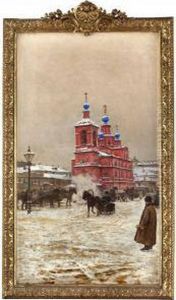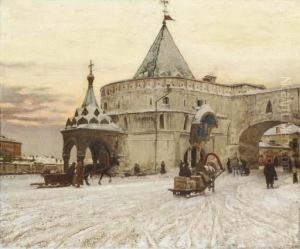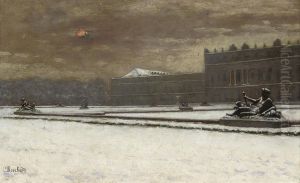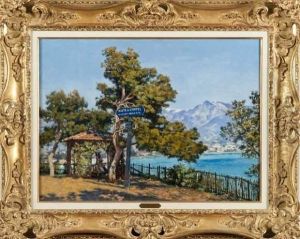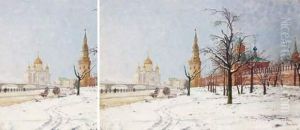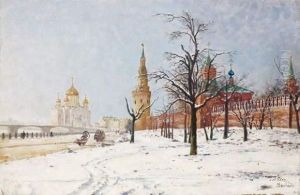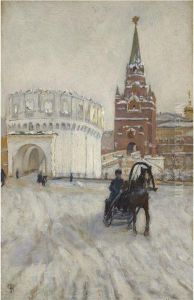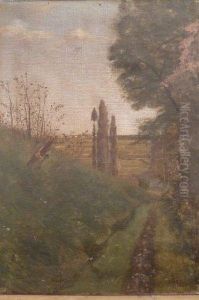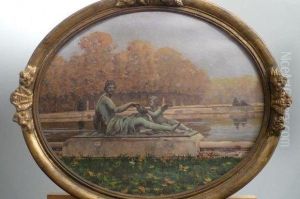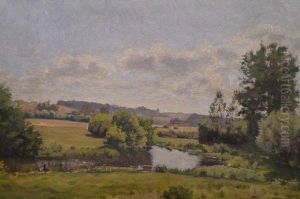Paul Louis Bouchard Paintings
Paul Louis Bouchard was a French painter, born in 1853 in Dijon, France. He was known for his genre scenes, portraits, and historical paintings. Bouchard studied under the guidance of academic painter Alexandre Cabanel at the École des Beaux-Arts in Paris. His academic training provided him with a solid foundation in traditional painting techniques and a style that adhered to the conventions of the time.
During his career, Bouchard exhibited his work at the Paris Salon, where he received several accolades, including medals in 1881 and 1889. His success at the Salon helped to establish his reputation as a respected artist of his era. Bouchard's paintings often depicted scenes from French history, as well as contemporary life, capturing the nuances of social interactions and the costumes of the period.
As a portraitist, Bouchard received commissions to paint notable figures of his time. His ability to capture the likeness and character of his sitters was highly praised. Alongside his genre scenes and portraits, Bouchard also created religious and mythological works, reflecting the broad range of subject matter that was popular among artists of the academic tradition.
Bouchard's style remained consistent throughout his career, with a focus on realism and a clear, detailed approach to his subjects. Although the rise of Impressionism and other modern art movements during his lifetime marked a shift away from the academic style, Bouchard continued to maintain his traditional approach.
He passed away in 1937, leaving behind a legacy of work that provides insight into the academic art scene of late 19th and early 20th century France. Though he may not be as widely recognized today as some of his contemporaries, Bouchard's contributions to French art remain significant, particularly in the context of the era's prevailing artistic trends and the evolution of genre painting.
